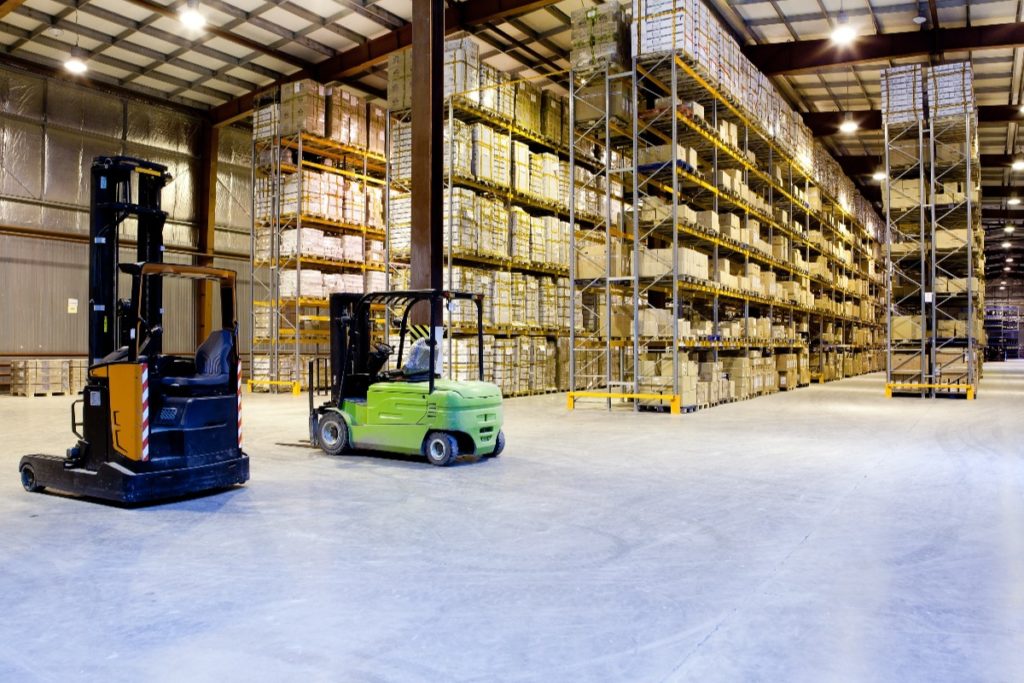Digital technology has become a tool that made human lives easier. Without it, life, as we know it now, is unimaginable. It has affected how all of us communicate, and how business transactions are made. Online ordering and delivery services in particular have seen a major rise in relevance over the past years.
Facets of Online Delivery
When we think of online delivery, we immediately relate it to the food industry. Indeed, restaurant businesses have forever been changed by this innovation. For example, when you compute the cost of a burger restaurant franchise, you also have to consider the online ordering system needed to deliver the products easier to your customers.
But online ordering system can be used in many industries other than food. An online ordering system is simply defined as a means for customers to order products or services through the internet. It becomes online delivery when these products reach the customers in their preferred location after ordering online.
Therefore, aside from food, other products such as groceries, medicine, clothing, shoes, and even alcohol can be ordered and delivered using the internet.
The Organization for Economic Co-operation and Development (OECD) stressed the importance of e-commerce at the time of the pandemic. It says grocery stores and non-store retailers that are e-commerce providers have seen an increase in sales during the crisis.
These online services have become handy at a time when no one can go out of their homes, but even before the pandemic happened, a lot of businesses have been using an online delivery platform.
These delivery platforms vary. There is an in-house, third-party, and hybrid delivery system.
An in-house delivery system is a type of ordering system owned by the company or product retailer themselves. Some businesses prefer this because they know the staff providing service to the customers. This gives companies confidence knowing that they personally trained these staff that will represent their brand.
A third-party online delivery service provider includes applications such as UberEats, GrubHub, Deliveroo, and FoodPanda. Some businesses prefer these third-party apps because they reach more customers and there is no need to hire a separate staff that will do the delivery.
Other big corporations on the other hand use a hybrid or mix of these delivery services since they have the capacity to do so. That said, they can take advantage of all the positive benefits of both delivery services.

Advantages of Online Delivery
One of the main advantages of online ordering and delivery systems is that it opens businesses to a larger market. A person living in the Philippines for example can simply go to Amazon and purchase a product from the U.S. This kind of convenience is physically impossible in a physical store. Your market is limited to a specific area.
Online ordering systems also limit human error. As opposed to the traditional way of delivery through phone calls where the staff may mix up orders, online shopping gives the responsibility of properly punching their orders online to the customers. If they make a mistake, online customers can easily delete their order from the application.
It also saves buyers from the hassle of walking or commuting just to get the products they want. Sometimes, items are too big to carry that online delivery is more practical than driving to the store and loading it at the top of their cars.
Some customers also like online shopping because it saves them time from hunting the items they want to purchase by going from one store to another. It also saves customers from disappointment if, at the end of a whole day of jumping from one physical store to another, they do not find the item they want.
Can online beat physical?
Despite the conveniences brought by online ordering and delivery systems, Forbes mentions that buyers purchase more goods when in a physical store versus an online store.
Emotion plays a vital role in this. Shopping in physical stores has a calming effect known as retail therapy. People are also more prone to impulse-buying when in actual stores than online stores.
Indeed, when buyers are online, they get to have more time to think if they need a product or not. They also get to see real-time computation of the amount they need to pay for the items they added to the cart. This allows them to select items that they can drop from the cart, or worse, abandon the cart altogether.
Striking a Balance
As with most aspects of life, striking a good balance with things is always ideal. An online delivery store is a convenient way to reach customers, but nothing beats a physical store. A physical store however entails rental fees that may not be ideal for an online start-up business.
Ultimately, the best thing to do is to plan and research to figure out which kind of system works best for your business.

